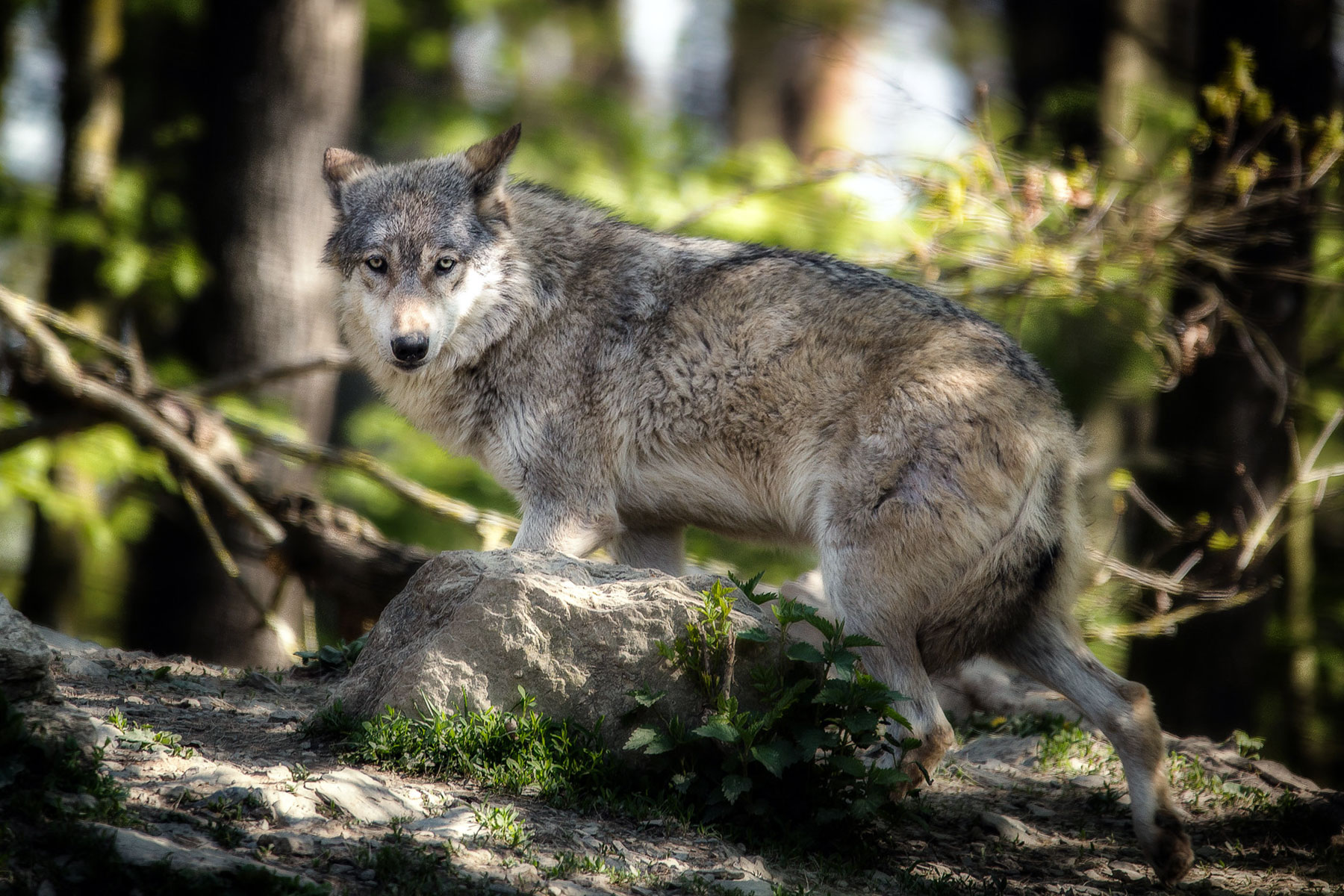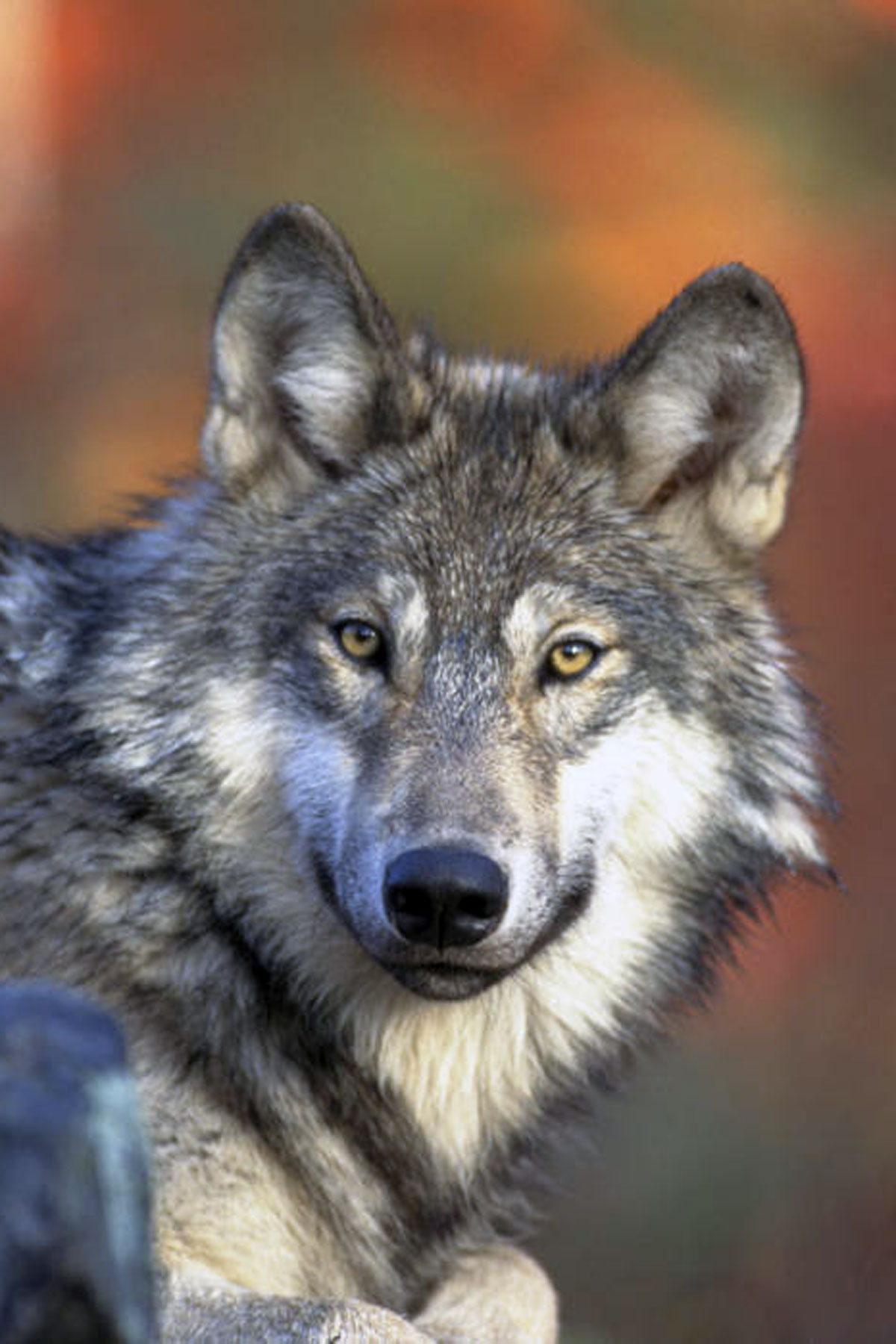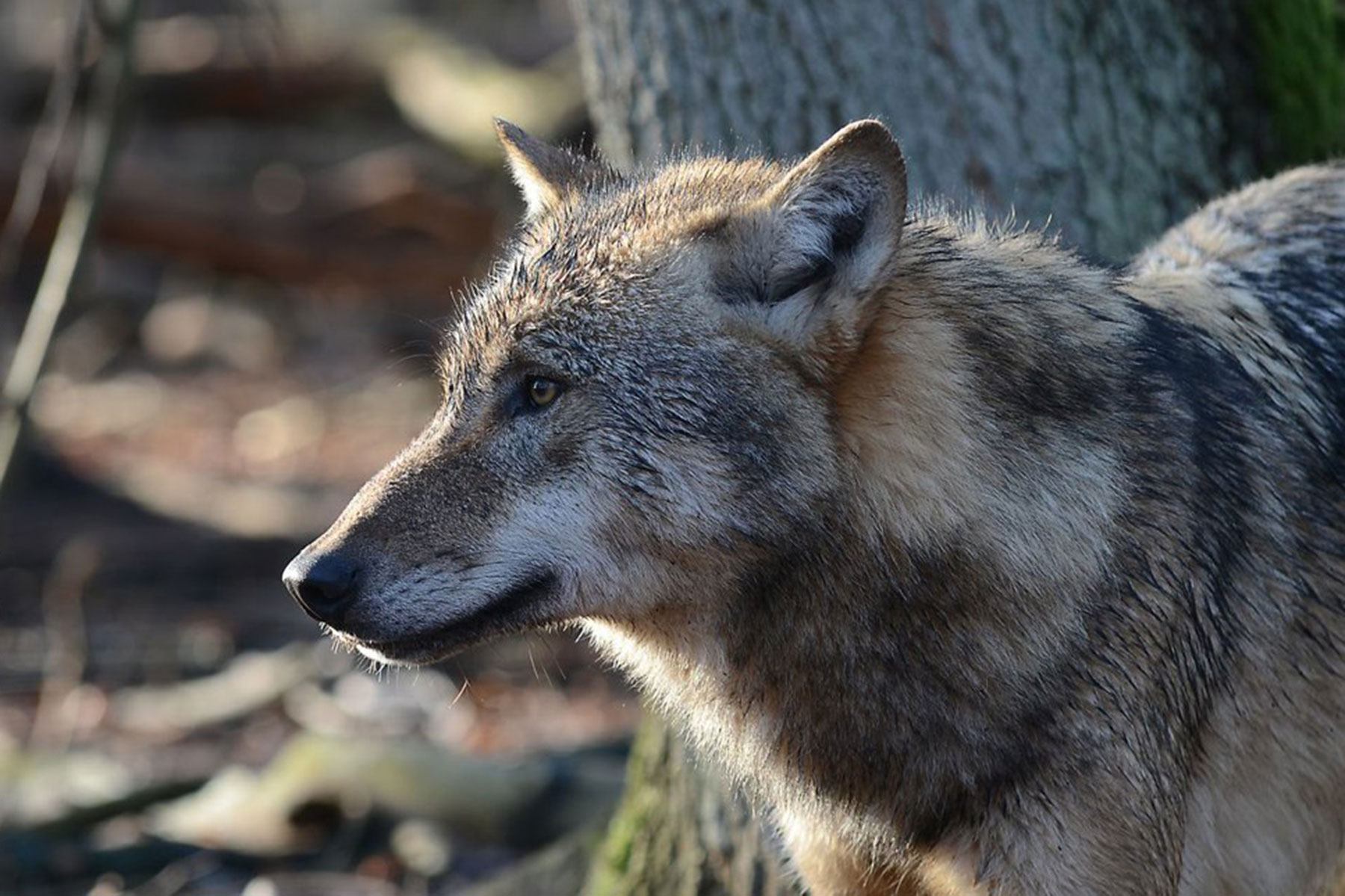Headed to the ballot box in Colorado this November is Proposition 114, which would require Colorado Parks and Wildlife to develop a plan to reintroduce and manage gray wolves on designated public lands west of the Continental Divide in Colorado by the end of 2023.
The Southern Ute Indian Tribal Council recently approved a resolution opposing the reintroduction of the wolf, a native apex predator which once roamed freely throughout the Rocky Mountains.
The resolution was drafted by the Tribe’s Wildlife Advisory Board, who does not favor the species reintroduction to Southwest Colorado. The board is comprised of Southern Ute tribal members, appointed to advise on the Tribe’s hunting and fishing related interests, on both the Reservation and in the Brunot Treaty area where the Tribe retains hunting rights. The board sees the wolves as highly efficient predators, which they feel could be detrimental to wildlife populations and livestock both on and off the Reservation.
“We had sent out a survey to the membership, asking for their opinion on wolf reintroduction,” stated Wildlife Advisory Board Chairman, Jube Baker. “It was mailed out and distributed at the General Meeting, available for pickup with the Wildlife Department when you got your tags and also [available] online.”
“We started a resolution about two years ago,” stated Wildlife Advisory Board member Lance Taylor. “It looked at impact of livelihoods, livestock on the reservation as well and wildlife, [such as] elk and deer. We feel the Shiras moose and the elk populations would be most affected.”
“We’ve done a lot of investigating, called a lot of other Indian tribes,” Taylor said. “All of our tribes around here, Northern Utes, Jicarilla Apache have a resolution against the wolves. Navajo Nation has a resolution, I don’t think that Ute Mountain Ute has one yet. We don’t hate the wolves, but the downside is it’s really going to hurt this reservation — they should let them migrate in naturally, and not reintroduce.”
While the board’s stance is not in favor of the wolves’ reintroduction, many tribal members favor reintroduction — for reasons of their own.
Others see the wolf as an important animal relating to Ute cultural values, and a connection to a time when humans were less prevalent across the natural landscape.
“We know from our ancestors that each animal that co-existed with us had their purpose too, which came down through stories and some of the legends,” explained Southern Ute elder Pearl Casias. “The wolves and the cougars and other meat-eating creatures helped sustain the ecosystem. They each had their purpose, as did all creatures that were created to roam this earth beside the two-legged people. [For the] two-legged, it was innate to take what you need, to not do trophy hunting, and things of that nature.”
“The animals were created for a specific reason and they are a part of our ecosystem, and we balance each other,” Casias continued. “The wolves sustained themselves by living off the weaker four-legged creatures, that’s how they lived. They helped control the immense herds of buffalos. The wolves have their part, the buffalo, even the winged creatures — they all have their purpose on the planet.”
“Everything has a purpose, it all ties together,” Casias emphasized. “If we don’t help the creatures that roam the earth: the fish people, the bugs, the winged people — God kicks in.”
This heated debate has sparked controversy across the state of Colorado, and rather than being a decision made solely by the State’s Parks and Wildlife Division, it has been introduced as a ballot initiative for November’s election. Voters across the state will decide the future of wolves in Colorado’s wilderness.
The reintroduction of Canis lupus is not entirely new, and has seen success in other regions of the American West. Most notably, gray wolves were reintroduced to Yellowstone National Park in 1995 and the Mexican gray wolf was reintroduced into parts of New Mexico and Arizona. The wolf is considered a keystone species, and is proven to have beneficial impacts on the broader ecosystem.
“Beavers are a classic example of a keystone species in ecology, because of the rich diversity that they create with their dam-building activity,” explained Southern Ute Wildlife Division Head Steve Whiteman. “Wolves are similar to beavers in that they have effects across entire ecosystems, through food chains. So, there can be many ecological benefits with restoring this native predator.”
“Aspen forest regeneration in Yellowstone is a classic case in ecology; where reintroduced wolves prevent elk from concentrating in and over-grazing riparian habitats, benefiting the entire ecosystem,” Whiteman said. “They do have an effect, and it’s definitely not all negative.”
One of the top concerns for many is the effect wolves will have on native deer and elk populations, which also serve as an economic resource for the state, and a cultural resource for the Tribes. The Tribe’s Wildlife Advisory Board also expressed concern over wolf predation of big game animals that occur in the Brunot Treaty Area, predominantly in the high country.
“I think what is key for me is protecting our natural resources, our wildlife and our livestock, Baker emphasized. “Protecting our treaty ground — the wildlife in our treaty ground.”
The wolf existed in Colorado up until the middle of last century, when federal pressure to eradicate the animals proved rather successful. The gray wolf has since been added to the endangered species list. While the wolf remains a federally listed endangered species, it will remain under the oversight and management of federal wildlife officials. If and when it is de-listed, management authority is then turned over to states and tribes.
“It’s a complicated issue that really comes down to human tolerance for co-existing with an animal that presents definite challenges for us,” Whiteman emphasized. “There are valid arguments on both sides, depending on your personal values and perspective.”
The world is a much different place than it was half a century ago, and the West is certainly a more densely populated region now than ever before. Humans were once responsible for the wolf’s population decline, and now they may also be responsible for returning them to the Colorado wilderness today.






